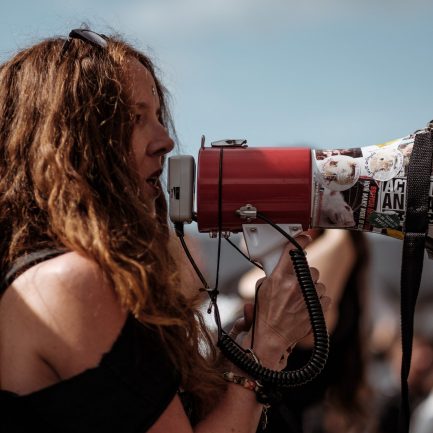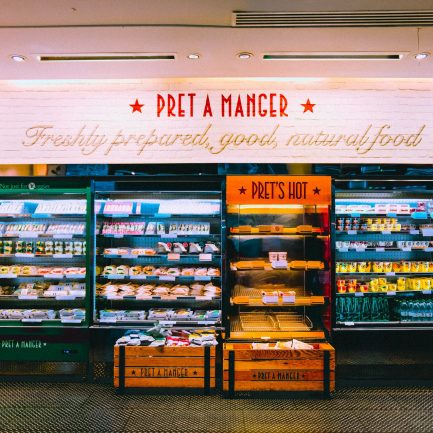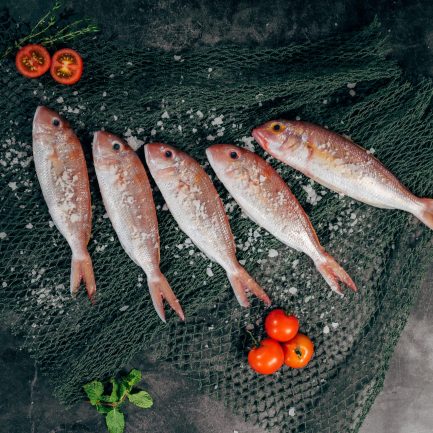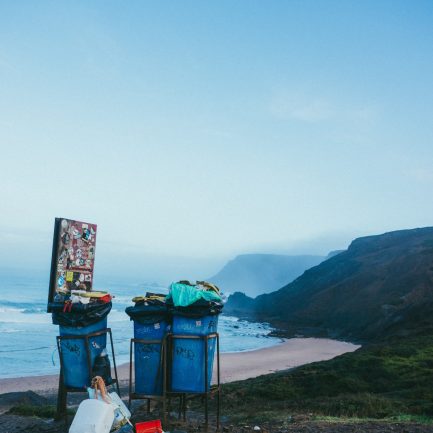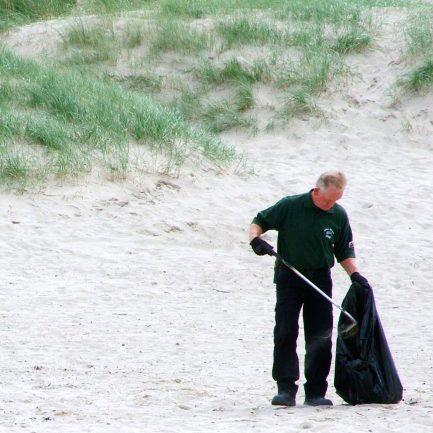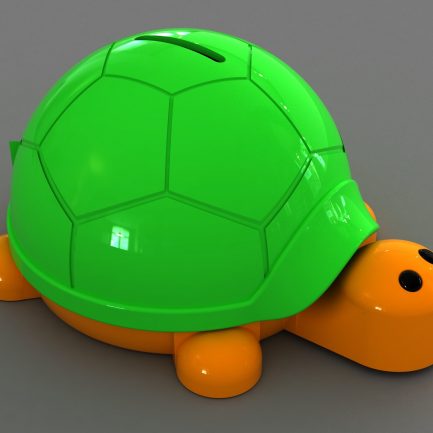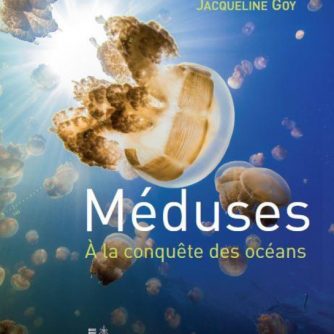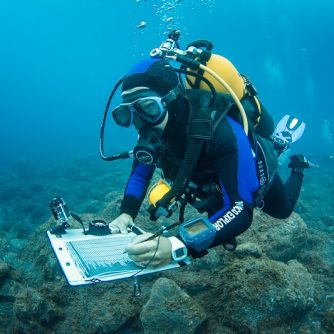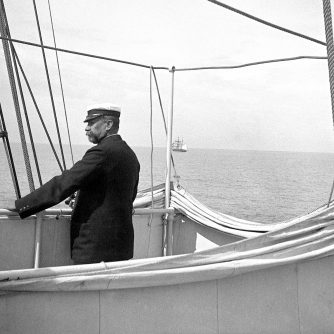Children's corner
- Home
- Categories
- The Institute Latest news
EVEN IN CONFINEMENT, LET'S LIVE THE OCEAN!
We look forward to seeing you every day on our social networks and on our website to help you keep your children entertained!
Together #LiveLocean through anecdotes, underwater discoveries and oceanographic stories…
NERINE'S TALE EPISODE 2
The Oceanographic Institute of Monaco invites you to follow the adventures of the little turtle Nérine through several episodes punctuated by DIY workshops (Do It Yourself) so that you and your child can reproduce the story in your living room with everyday objects.
The game of 7 mistakes
Can you find the 7 mistakes in the following pictures?
Choose one of the original images on the right and keep your eyes open! The answers are given in the links below.
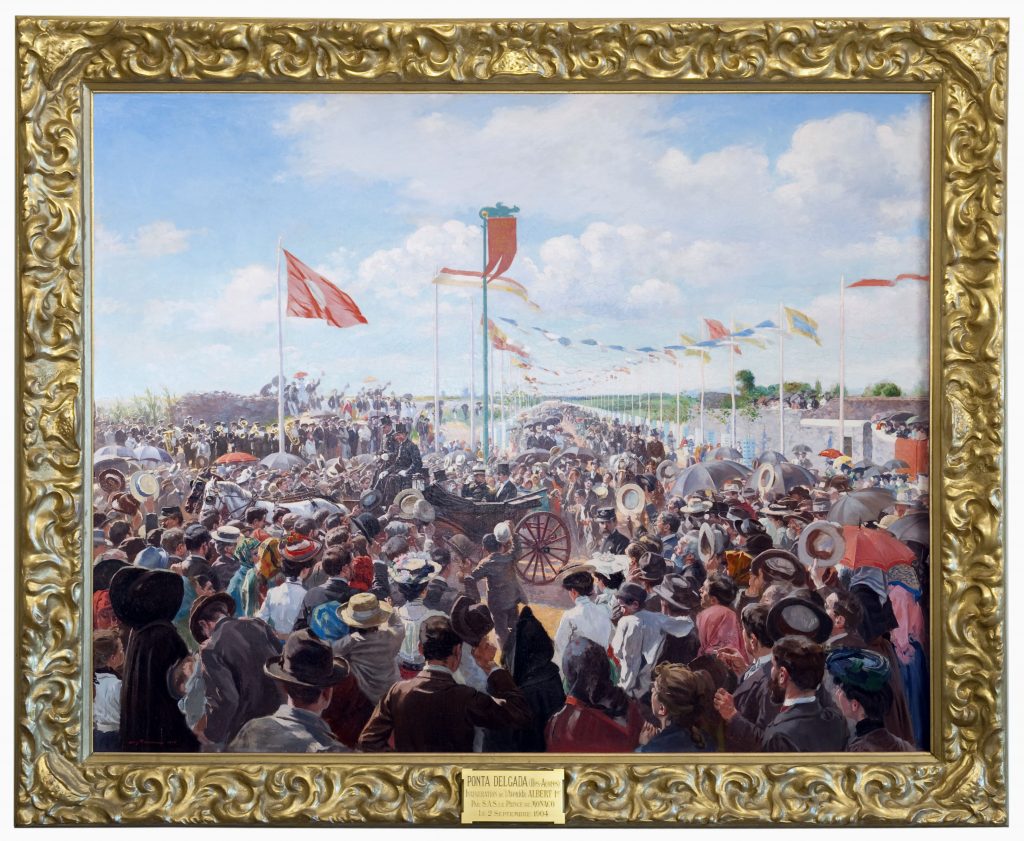
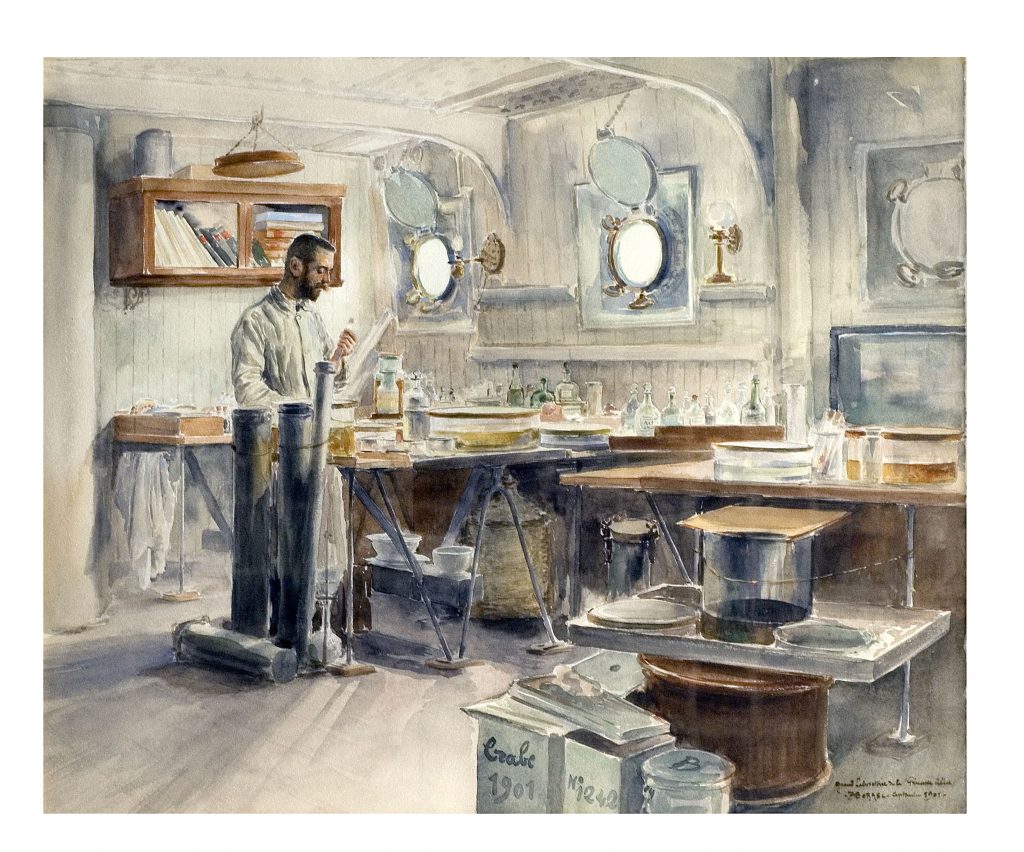
WORKSHOP "D.I.Y. the tale of nerin
The Oceanographic Institute of Monaco invites you to follow the adventures of the little turtle Nerine through several episodes punctuated by DIY (Do It Yourself) so that you and your child can reproduce thestory in your living room with everyday objects.
In the form of a participatory tale, your child will discover with Nérine the life cycle of a sea turtle, from birth to adulthood, the marine ecosystem and the environmental issues that threaten them. As it travels through the ocean currents, several animals will cross the path of our little loggerhead turtle. Be careful! Nerin’s journey will not be easy. She will have to face several obstacles throughout her life…
It is up to you
And to win tickets to the museum’s reopening, share your best work on Instagram (@oceanomonaco) and answer the questions below:
- What are the different materials used to create the characters in this story?
- Why do sea turtles lay their eggs at sunset?
- How do they return to the sea after laying their eggs?
PéDAGO files: the food network
Discover the diets of seaweed, turtles, mussels, octopus and many other marine species. Learn who eats whom by reconstructing the Mediterranean food web with the Appendix. Get your glue and pencils!
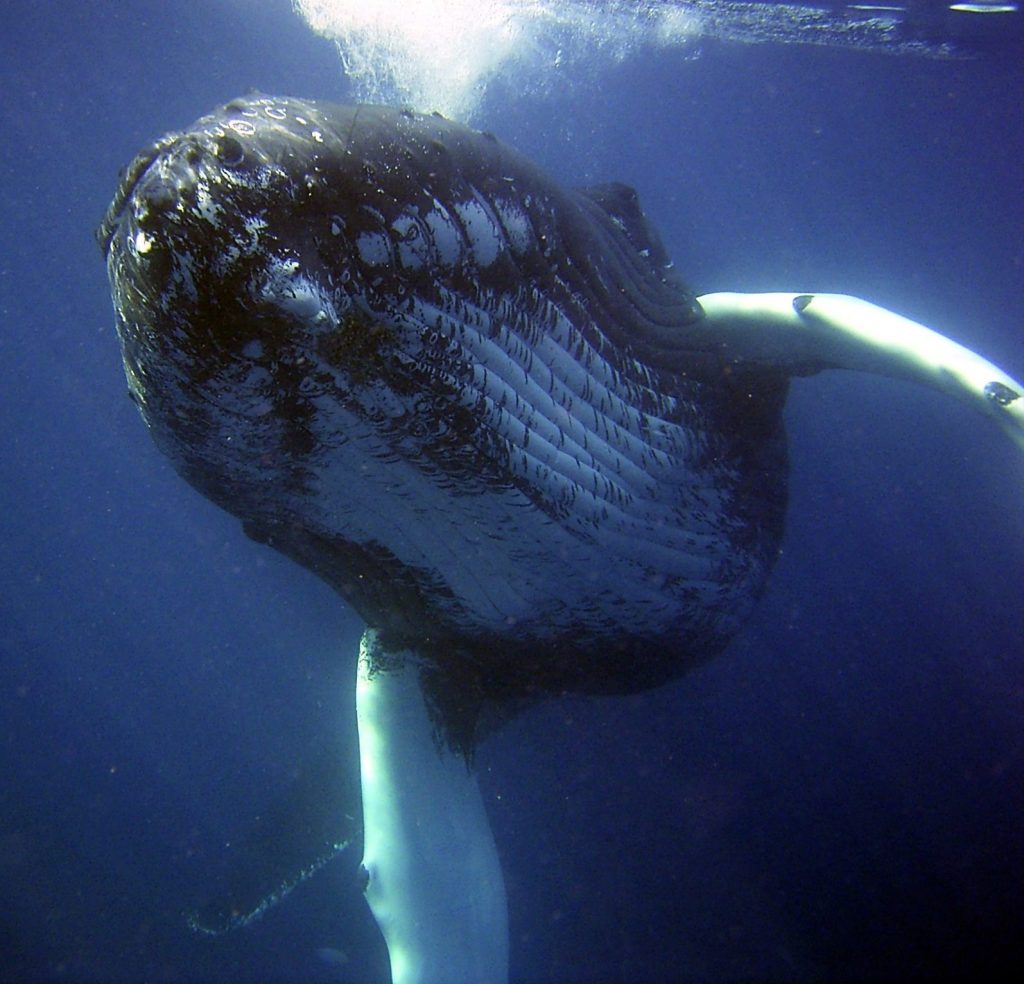
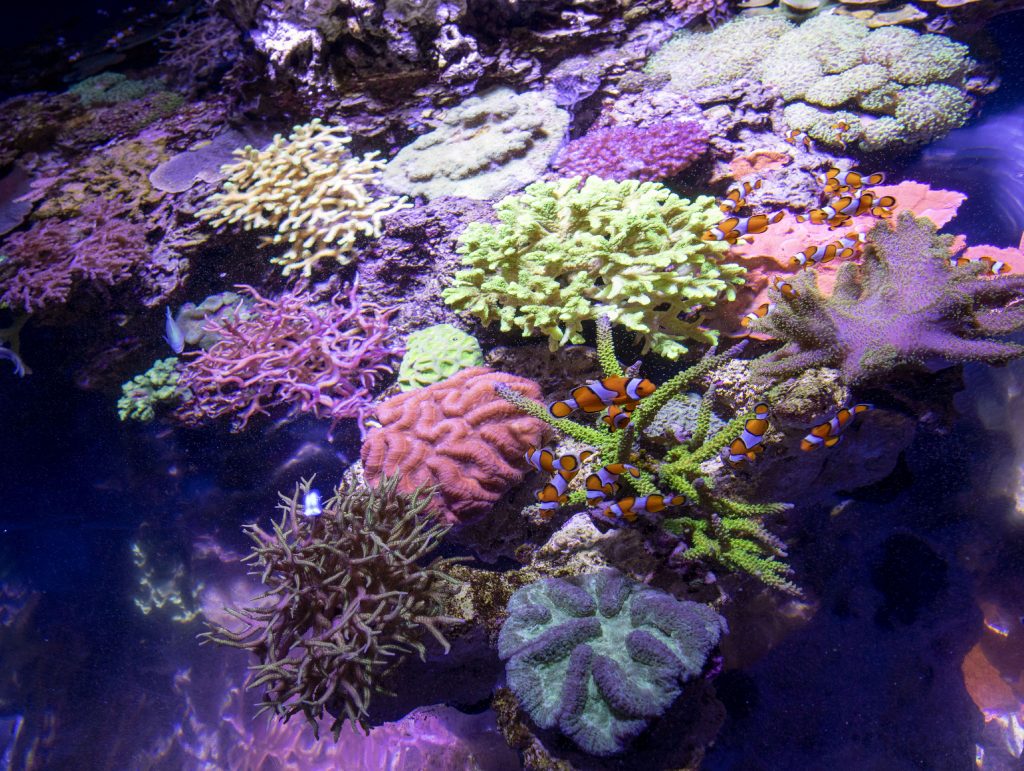
Les fiches Pédago : Corals
Coral reefs are true oases of life! They represent barely 0.2% of the world’s ocean surface and yet one third of the marine species known to date find refuge there. Each of these species is important to the maintenance of the reef.
Through these two game books (one for children and one for parents), discover the different types of coral reefs found in our oceans. Also learn about the threats to these reefs and how to fight and preserve this treasure of biodiversity.
LEs fiches pédago (part ii) : identifying marine turtles
Learn how to recognize the different species of sea turtles thanks to an “identification key”: a tool used by scientists to identify species thanks to their morphological characteristics.
Learn more by downloading these sea turtle identification keys!
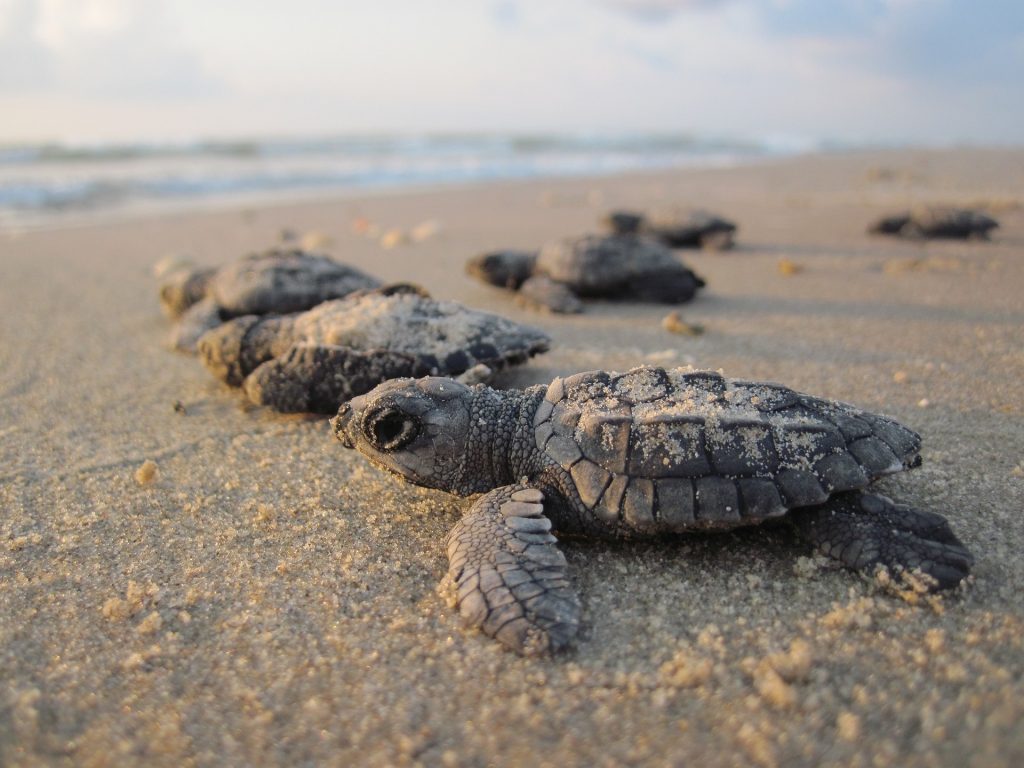
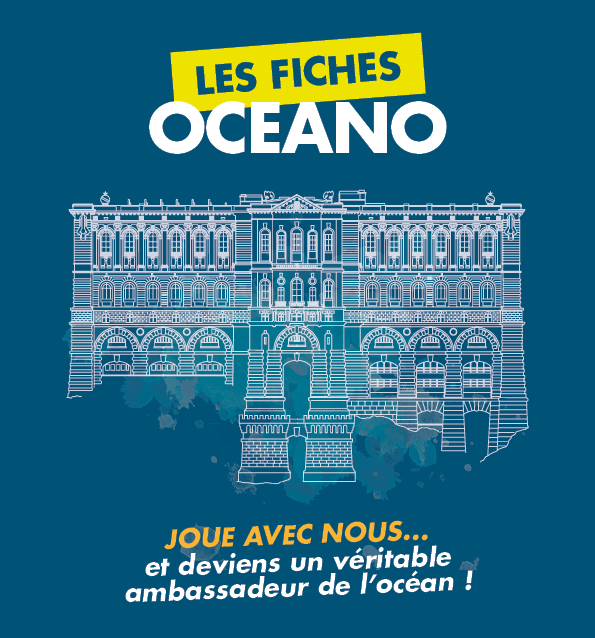
the pedago sheets (PART I) : turtles
Marine turtles have inhabited the seas for 110 million years and have gone through several climatic upheavals. Yet today, turtles are threatened on land and at sea. Where do they live? How to recognize them? How do they reproduce? What is their lifestyle?
You too can go and meet these animals and try to get to know them better and protect them through a game book (one for parents, one for children).
The colouring book
Download this special 0cean coloring book and let your little ones express their artistic soul.
All you have to do is sharpen the crayons and take out the markers!
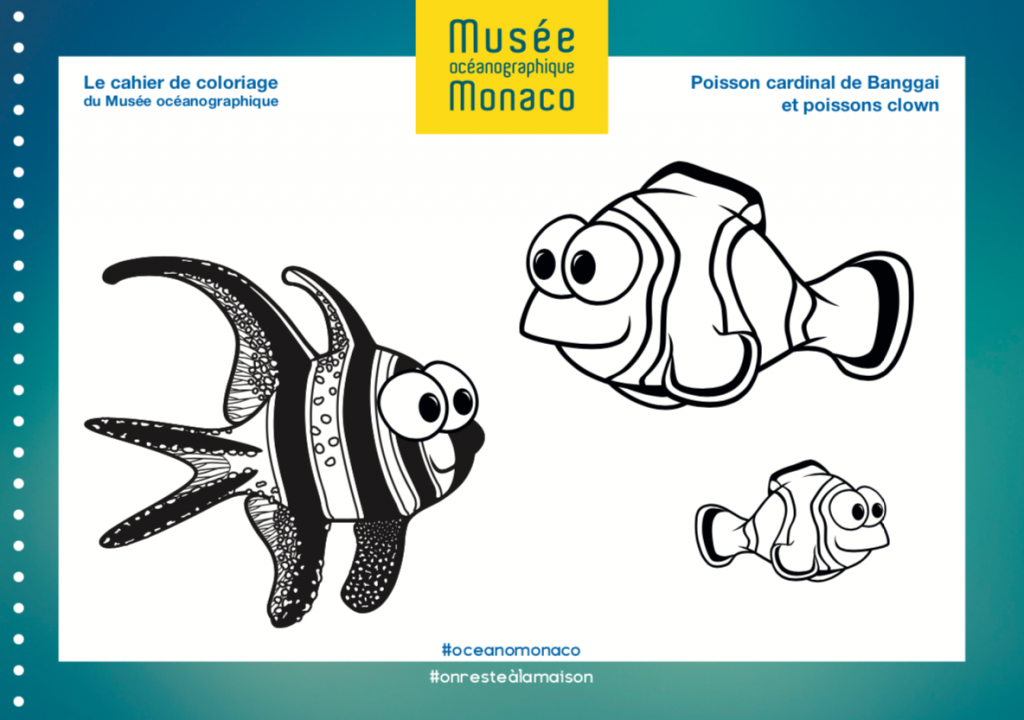
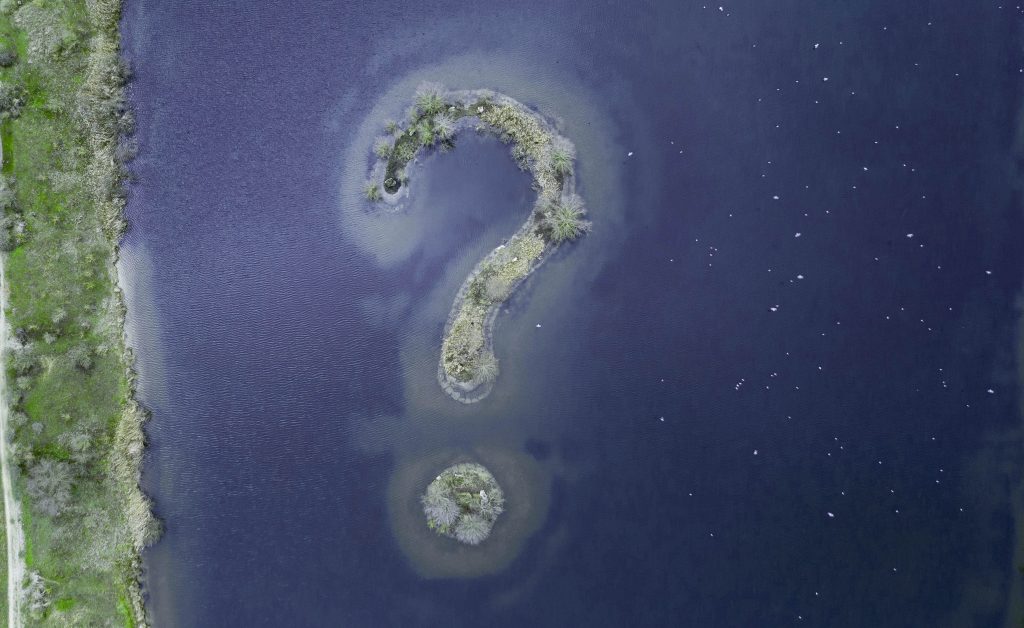
TO BE CONTINUED NEXT WEEK
Discover new contents in a week!
European Week for Waste Reduction 2020
Saturday 16 November
- Home
- Categories
- The Institute Latest news
On the occasion of the European Week for Waste Reduction, the Oceanographic Museum of Monaco is adapting its awareness programme to the health context with its partners!
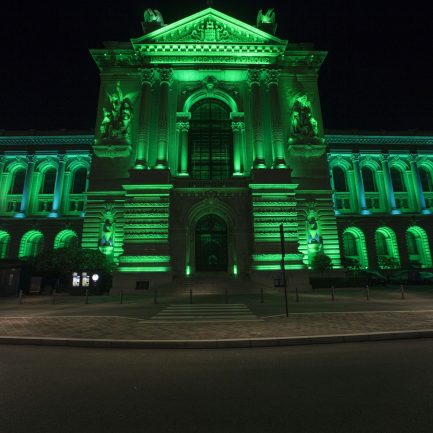
activities for the day
From 23 to 27 November 2020, the Oceanographic Museum will take part in the European Week for Waste Reduction (EWWR). The event aims to promote, during the same week, awareness-raising actions on sustainable resource management to move towards zero waste. The main axes of this event are: Reduce, Recycle and Reuse.
Given the current health context, it is impossible to propose, as last year, animations for the general public.
A programme of actions for the staff of the Oceanographic Museum and our partners has therefore been set up.
Aquariums
against pollution
- Home
- Categories
- The Institute Latest news
Aquariums of the world against marine pollution
Every year, millions of tons of waste end up in the ocean. It is estimated that our seas may contain more plastic than fish by 2050! The European Commission and aquariums are mobilising with the help of the Oceanographic Institute.
A campaign on an unprecedented scale
The European Commission launched the “World’s Aquariums Against Marine Litter” campaign in 2017, with the support of the Oceanographic Museum of Monaco, the European Union of Aquarium Curators and the World Association of Zoos and Aquariums. With this initiative, which is part of the actions of the conference
Our Ocean 2017
(Malta, 5-6 October 2017), the Commission is contributing to the United Nations Environment Programme (UNEP) #CleanSeas campaign. It relies on a coalition of 150 aquariums from 38 countries[2] to raise awareness of marine pollution by human waste. The campaign was officially launched in Monaco on 27 July 2017 by the European Commissioner for Environment, Maritime Affairs and Fisheries, Karmenu Vella, in the presence of H.S.H. Prince Albert II, the head of the United Nations Environment Programme (UNEP) Erik Solheim, and WAZA (World Association of Zoos and Aquariums) CEO Doug Cress. The network thus established with the assistance of the Oceanographic Institute is coordinated with the European Union.
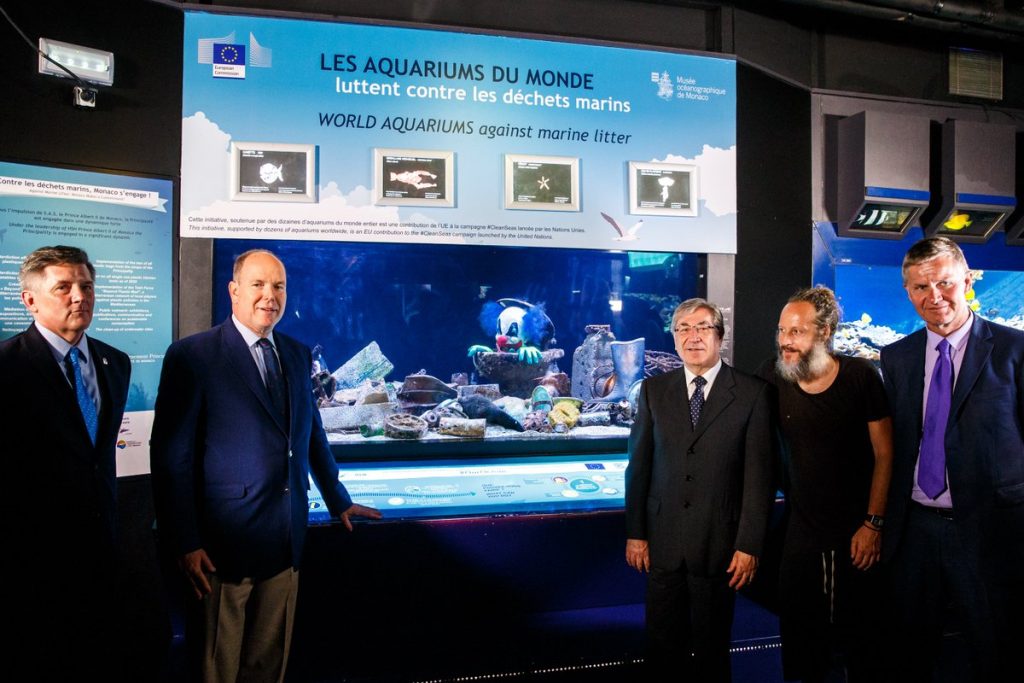
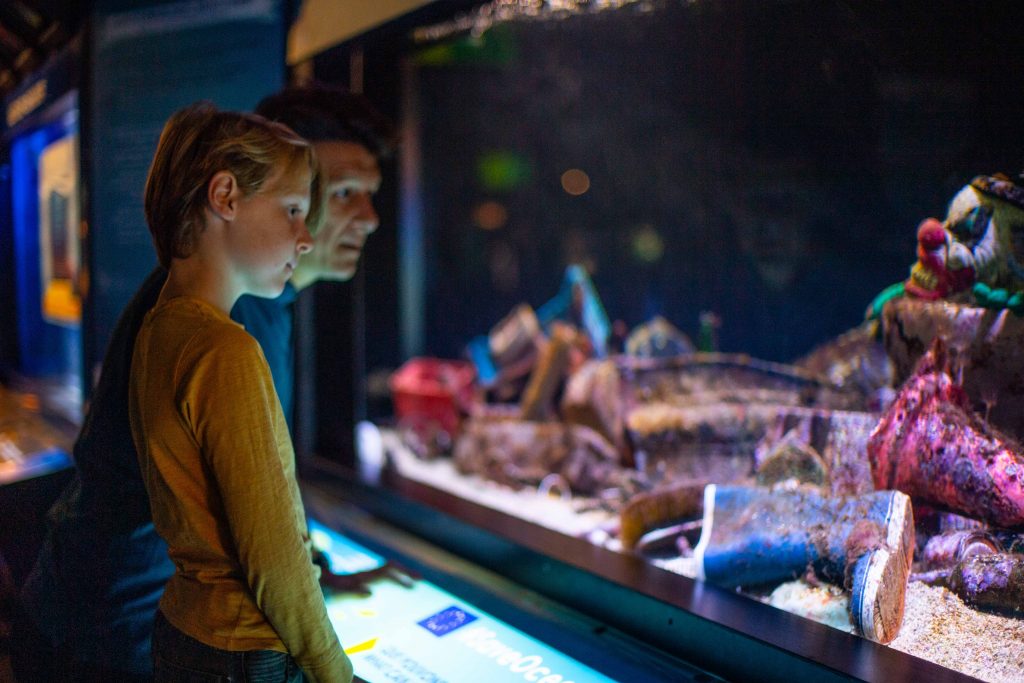
How can we raise awareness?
Some figures speak for themselves: 10 million tons of plastic are dumped into the ocean every year, and by 2050 our seas may contain more plastic than fish. Yet 3 billion people depend directly on the ocean. To try to reverse the trend, the establishments involved in this campaign against marine litter are taking action in a variety of ways: by displaying a tank full of marine litter in their aquariums (to raise visitors’ awareness, as Philippe Pasqua’s installation at the Oceanographic Museum in Monaco does), by launching beach cleaning initiatives, by showing awareness-raising films, by hosting artistic creations using litter, etc. All the aquariums involved in this campaign also spread its messages through their communication channels, starting with their social networks. They also developed and distributed press releases that resulted in hundreds of articles, television and radio broadcasts.
Transforming this campaign into permanent action
Following this success, the European Commission and the United Nations Environment Programme (UNEP) – together with five international partners including the Ocean Institute – announced a new commitment at the Our Ocean 2018 conference: to transform the 2017 campaign into an ongoing action focused on plastic pollution. In addition to long-term communication efforts, the coalition’s facilitators encourage aquariums to reach out to as many partners and potential “multipliers” as possible to maximize the impact of this campaign. What’s at stake? Promote best practice in behaviour change at all scales: local, regional, national and global. Everyone is invited to join together under the banners #BeReadytoChange and #BeatPlasticPollution, hashtags supported by the European Union and the United Nations. 212 aquariums from 41 countries have already confirmed their commitment to this campaign, which is also being taken up by UNEP as part of its #CleansSeas action from July 2019. The Institute of Oceanography will continue to play its role as the federator and coordinator of this global network.
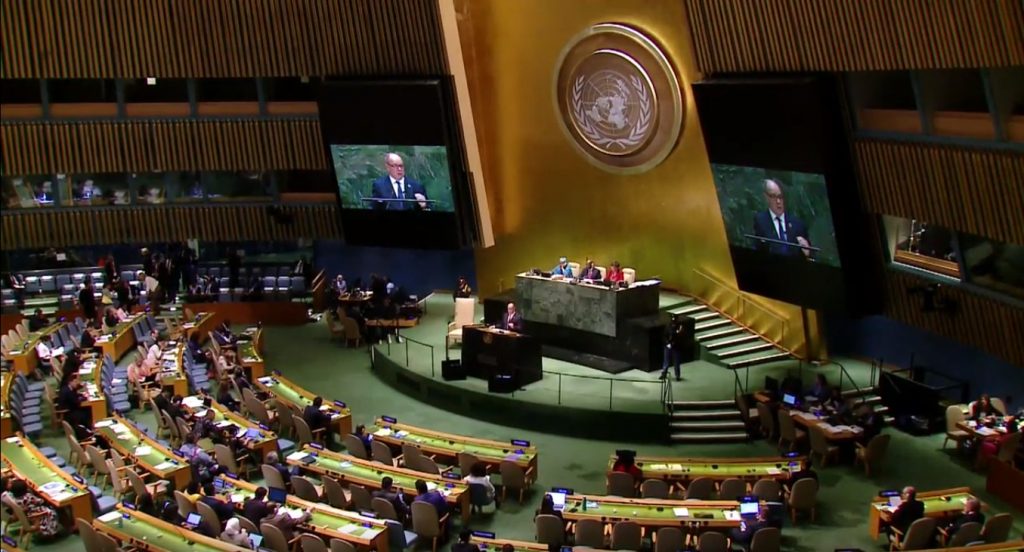
A committed Museum
What we have already done
- Home
- Categories
- The Institute Latest news
The Oceanographic Museum is committed to minimizing its impact and improving its efforts to use resources and reduce the impact of its activities on the environment.
We have created this page with the simple aim of informing you about our approach, which has been constantly evolving and accelerating in recent years.
And why not, to give you ideas on what can be put in place on an individual basis?
We are always ready to listen to your suggestions, tips and daily actions to protect the Ocean!
Reducing water and energy consumption
- Providing clean energy
- Replacement of conventional light bulbs with more energy-efficient LED models
- Installation of motion detectors on hand-washing basins (reserved for professionals)
- Change of cleaning methods (use of microfibres) with eco-labelled and water-soluble products
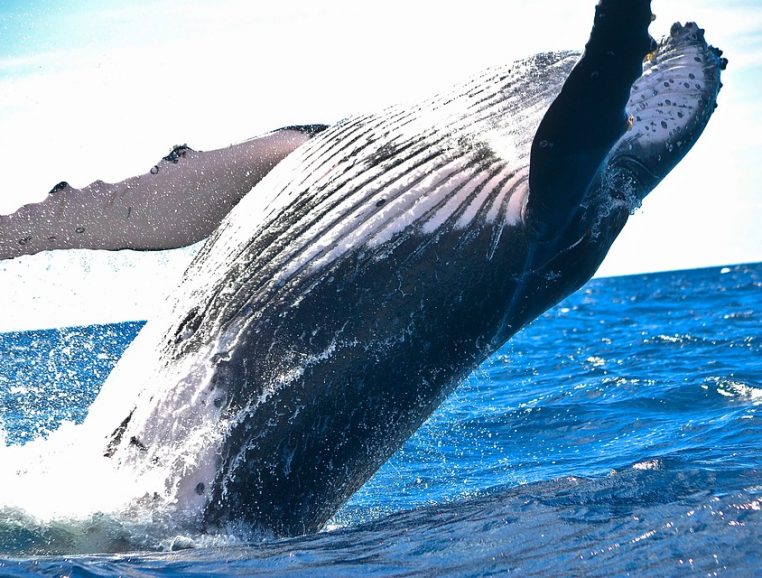
Reduced exhaust gas emissions
- Progressive replacement of the vehicle fleet to favour hybrid or electric vehicles
- Training drivers in eco-driving rules
- Pressing now in-house (purchase of a washing machine) with the use of ecolabelled detergents.
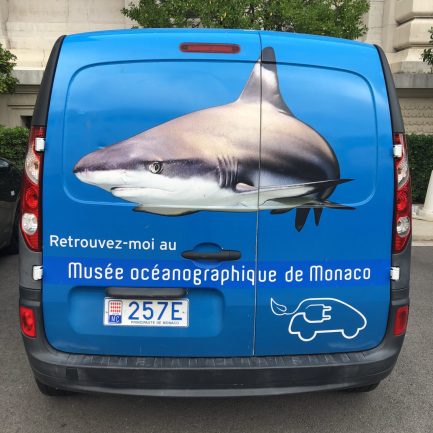
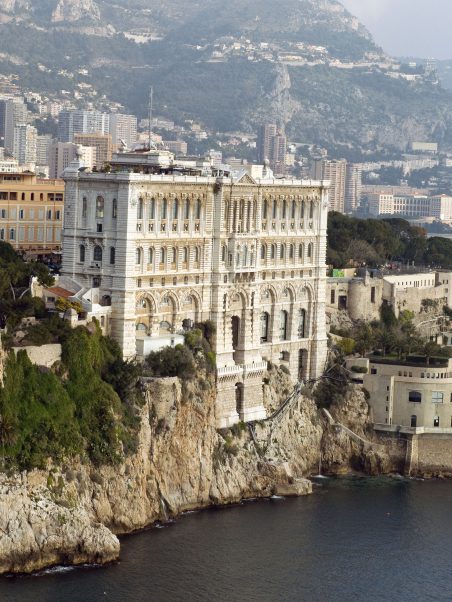
Reducing and sorting waste
- Training for the staff of the Oceanographic Museum and the management of the restaurant La Terrasse
- Progressive elimination of plastic containers (water fountains, etc.)
- Elimination of plastic cups replaced by recycled and recyclable cardboard cups
- Staff coffee machines equipped with “Mug Detector
- Sorting area in the offices (paper+plastic)
- Waste recycling (offices and public areas of the Museum)
In Store :
- Use of recycled paper bags
- Implementation of the eco-responsible range and membership of the “committed trade” label
Raising awareness for the protection of the marine environment
- Raise awareness among school groups on the issue and encourage the search for alternatives to single-use plastic.
- Mediation and sharing of our values on the environmental theme: helping our young audience of the “snapper club” to create and disseminate their own charter for the protection of the Oceans
- Animation of a group on social networks “La Fête sans Ballons”: to inform about plastic waste and to gather alternative proposals to balloon releases in public.
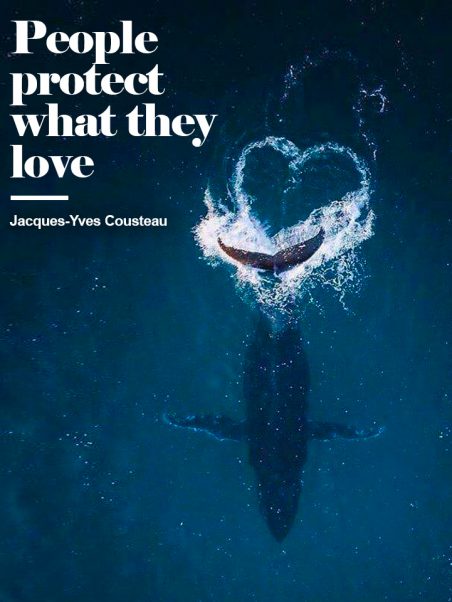
THE COMMITMENTS OF THE INSTITUTE
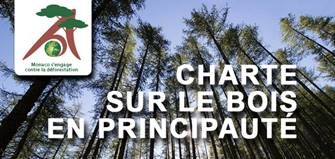
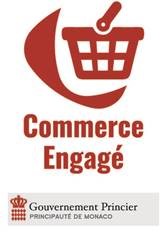
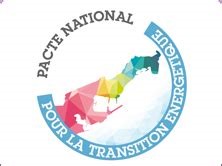
The Institute is committed to combating deforestation by adhering to the Monegasque charter on wood.
-
Eco-responsible practices, short economic circuits and circular economy,
-
act against food waste…
Discover the National Pact for Energy Transition in video
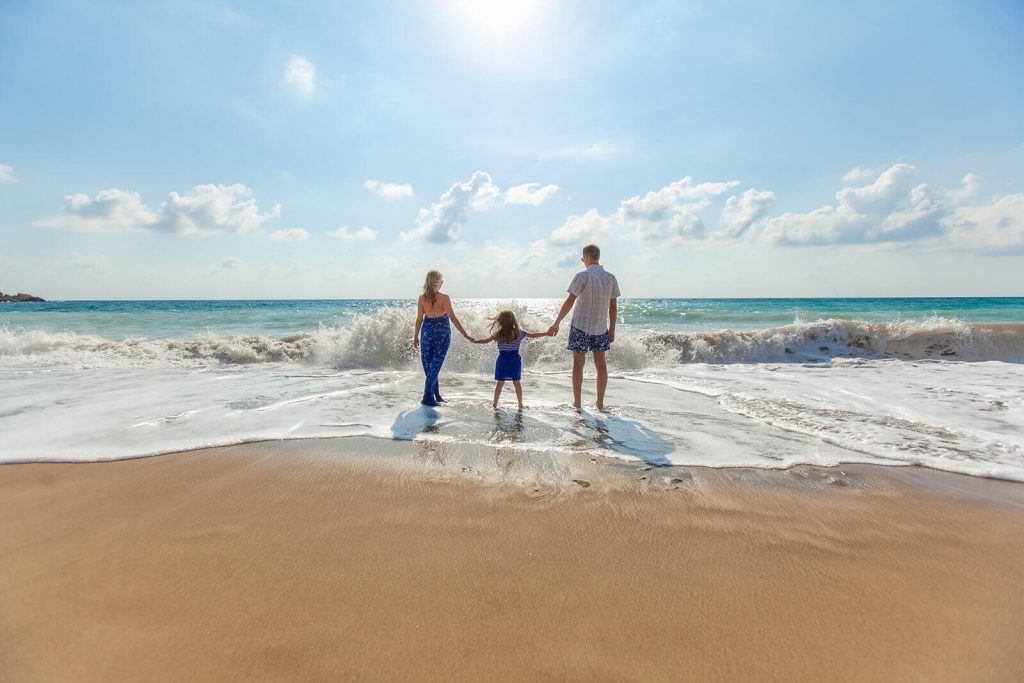
Work in Progress...
The Museum works daily to increase our visitors’ impact on the ocean while minimizing our impact on the environment.
It is a job that requires rigor and consistency. Many actions are being defined or implemented.
When we engage in such a process, we see more of the road ahead than the road we have taken.
This is why, aware both of what remains to be done and of the added value of a benevolent dialogue to maintain a dynamic of progress, we are listening to you for any suggestion for improvement.
Visit our social networks to start the discussion!
This year, the Principality of Monaco is joining, alongside many other States, in the European Week for Waste Reduction (EWWR), which will take place from 16 to 24 November 2019, on the theme of “education and communication for waste reduction” .
Follow the program for the day on Saturday, November 16, 2019, which will be held at the Museum on this occasion.
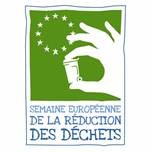
Turtles deserve your involvement
- Home
- Categories
- The Institute Latest news
The temporary exhibition the sea turtle odyssey, presented at the Oceanographic Museum between April 2019 and February 2020, allowed visitors to learn about the situation and to make a commitment in their favour thanks to an innovative interactive device: a commitment that can, even today, count to help the Oceanographic Institute to act in favour of the turtles…
Get involved!
Although the exhibition is over, the Institute’s work to save the turtles continues. And each of us has the power to act at our own level. Together, this can have large-scale repercussions… Contribute to the more than 30,000 commitments made at the Museum during this exhibition and help us grow the community of people committed to sea turtles and the Ocean…
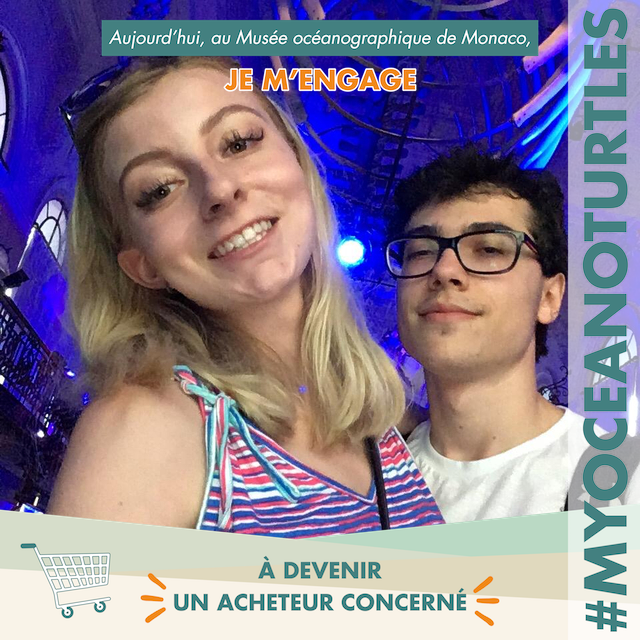
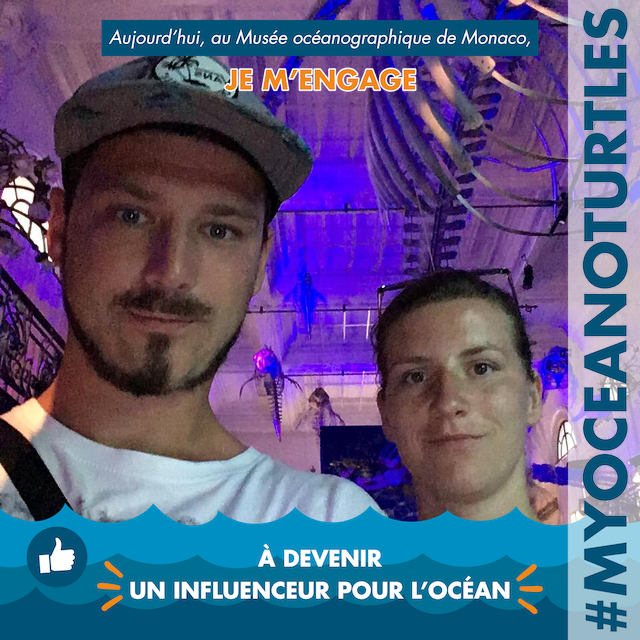
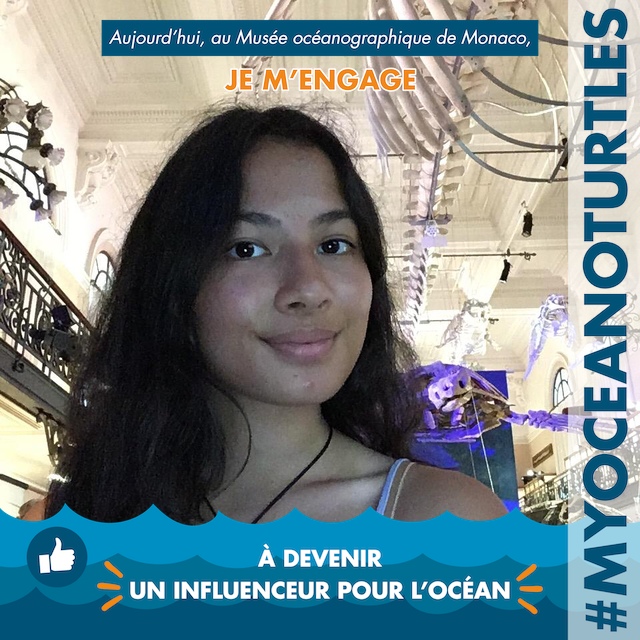
ARE YOU involved in the fight to protect turtles?
In the footsteps of their ancestors, the seven species of sea turtles today will reveal some of their secrets, but will also make you aware of their fragile condition, the dangers they face and how to protect them!
The exhibition was the perfect opportunity for more than 31,000 visitors to commit to the cause of these marine animals by taking a selfie that was shown on a large screen, creating a giant mosaic that drew the image of a turtle!
Discover this past exhibition!
6 THINGS YOU CAN DO TO HELP RIGHT NOW:
I AM COMMITTED TO THE INSTITUTE
See also
PARTYING WITHOUT BALLOONS
Balloons have to go, not parties!
- Home
- Categories
- The Institute Latest news
Initiative: partying without balloons
Balloons are symbols of celebration, they evoke festivity, joy, conviviality… but released in the air, they end up in the ocean and threaten our environment.
Many sea turtles, dolphins and birds mistake them for food and die.
The Government of Monaco, the Prince Albert II of Monaco Foundation and the Oceanographic Institute are joining forces to carry out the “Fête sans ballons” initiative in order to invite citizens to contribute and get involved by proposing ideas and alternatives that would be just as festive but more environmentally friendly: together, let’s invent a celebration that also gives pleasure to marine turtles…
What happens to a balloon when it is released...
A released balloon rises into the sky, until it deflates or the decrease in atmospheric pressure causes it to burst into multiple fragments.
This debris then falls back to land and sea far from its release point. According to the United Nations Environment Programme (UNEP), balloons are in the top 10 of recreational waste found on the coast. They can travel thousands of miles and pollute the most remote and pristine areas.
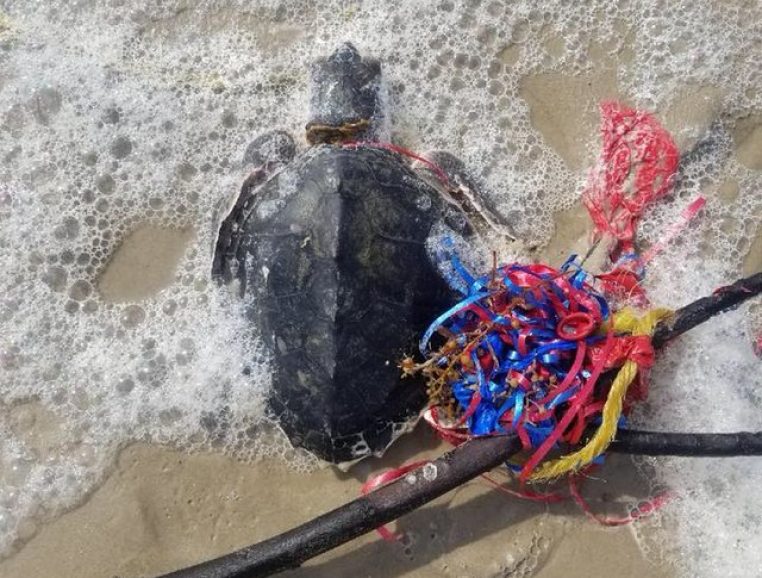
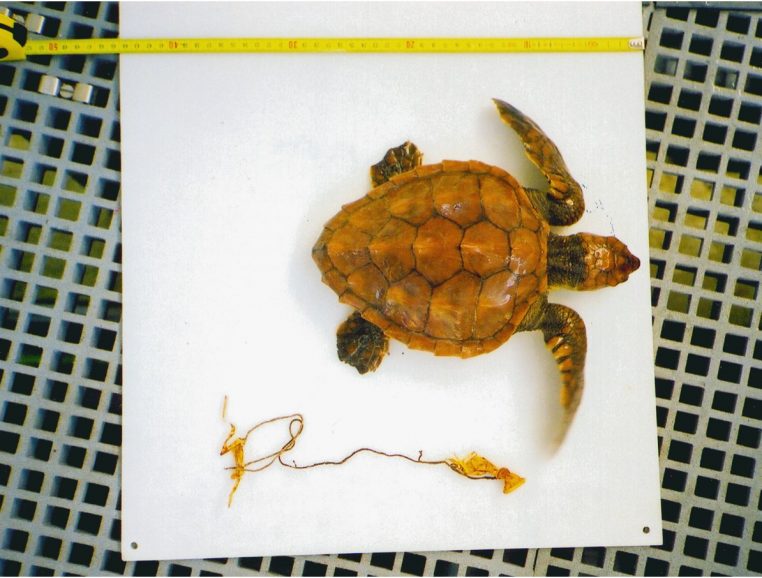
...and what are the consequences for the sea?
Balloons have a negative impact on our environment by polluting streams, lakes and beaches. Dropping a balloon is the same as intentionally throwing garbage on the ground or into the ocean.
As the balloons make their way through the water, their tattered ends and floating pieces can resemble jellyfish or other marine life that are eaten by marine animals such as sea turtles, fish and dolphins.
When these pieces are mistaken for food and ingested, they can become lodged in the digestive tract of a turtle, for example, preventing the animal from eating and causing a slow and painful death.
This young loggerhead turtle Caretta caretta, about 20 centimetres long, taken in charge by the Oceanographic Museum, had her life saved in extremis when she was able to evacuate the balloon she had ingested.
WHAT ABOUT ON LAND?
Terrestrial wildlife can also fall victim to balloons and balloon strings when the pieces fall to the ground along roads, rivers or on trees and bushes.
Birds have been found injured with ribbons wrapped around their beaks or wings and strangled when entangled in strings attached to trees or power lines.
And just like marine animals, they can succumb after ingesting balloons. Unfortunately, nearly half of all seabird species are susceptible to debris ingestion. Debris has also been found in nests and birds have been observed feeding their young with it.
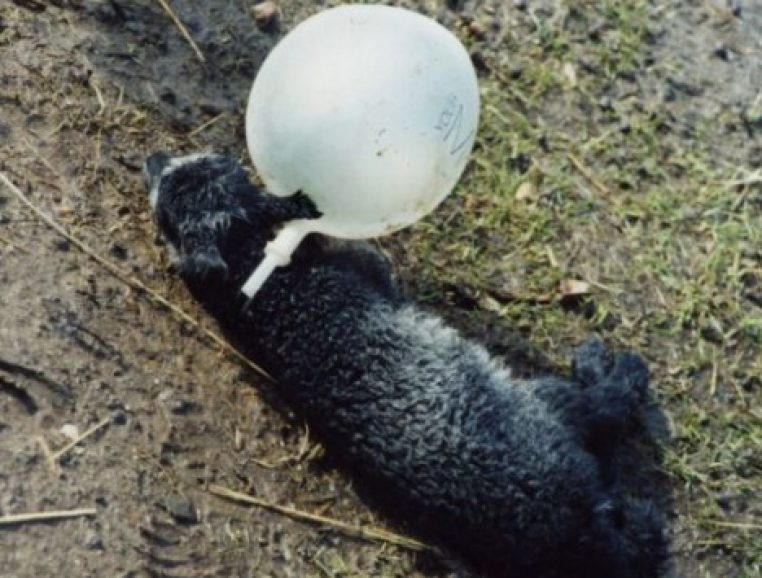
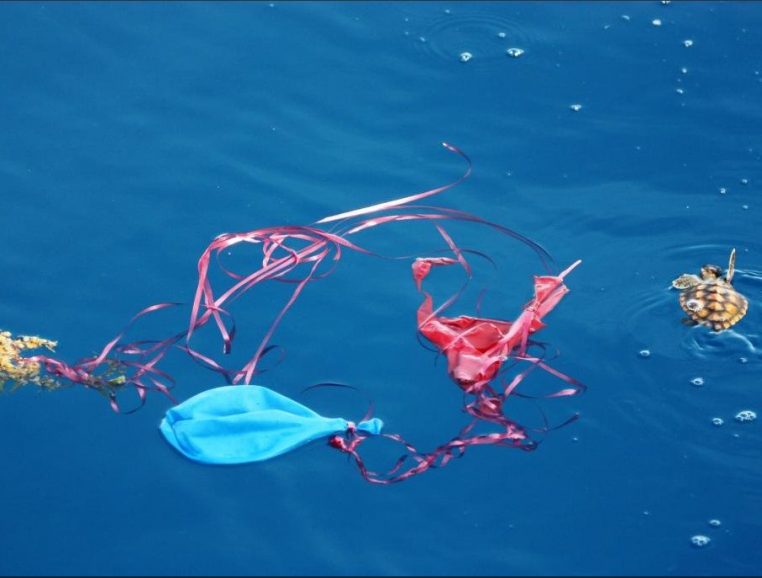
WHICH BALLOONS ARE WE TALKING ABOUT?
These are “Unmanned free balloons carrying no payload (including balloons and flying lanterns with no payload or negligible payloads such as letter cards)”.
These balloons are for recreational, leisure or commemorative purposes. They are pollutant by their envelope, by the rigid plastic rod or by the ribbon or fastener with which some models are equipped.
Having fun without balloons
Balloons are usually manufactured by polymerization, and are therefore non-biodegradable.
Although there are balloons that are labeled “100% biodegradable”, it is important to note that the term biodegradable has no normative or regulatory status. Moreover, this degradation only takes place under specific conditions after a certain time.
Even when called “biodegradable”, balloons are still harmful to the environment and dangerous to many animals. It is therefore not advisable to drop them in the air!
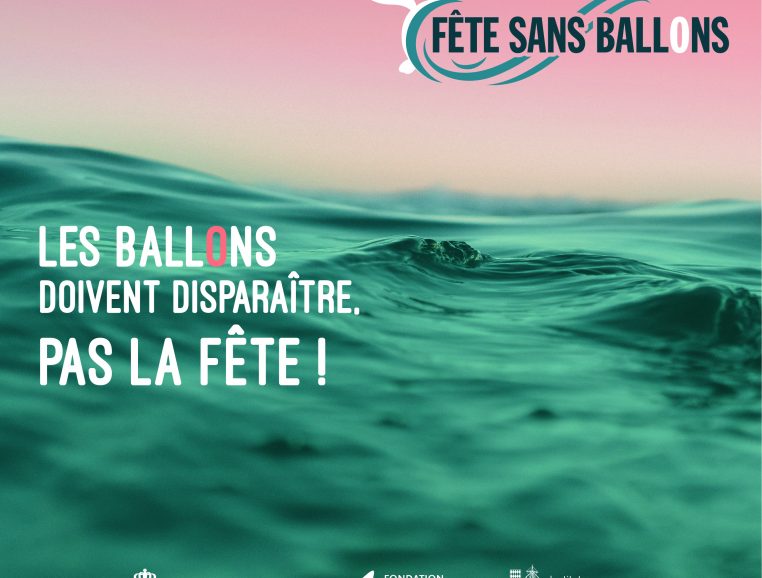
ALTERNATIVES: A CALL FOR IDEAS
There are already some alternatives such as natural soap bubbles, paper pompons, candles, kites or reels, pennants, banners…
If the use of balloons is unavoidable for you then keep your balloons indoors to reduce the risk of accidental waste, ensure that the outer balloons are securely fastened, avoid using non-biodegradable (film-coated) mylar balloons and ensure that all balloons and accessories (such as clips and ribbons) are collected.
You can also let your imagination run wild and who knows what creative, one-of-a-kind ideas you might come up with!
Don’t hesitate to tell us about it on the Facebook page of our initiative!







